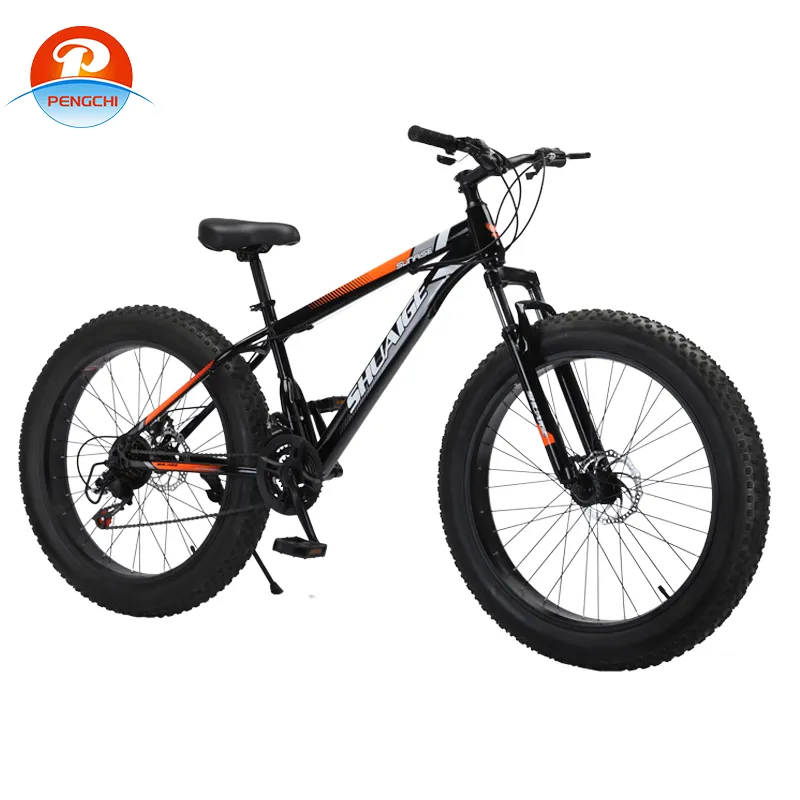
-
 Afrikaans
Afrikaans -
 Arabic
Arabic -
 Belarusian
Belarusian -
 Bengali
Bengali -
 Bulgarian
Bulgarian -
 Croatian
Croatian -
 Czech
Czech -
 Danish
Danish -
 Dutch
Dutch -
 English
English -
 Finnish
Finnish -
 French
French -
 German
German -
 Greek
Greek -
 hawaiian
hawaiian -
 Hebrew
Hebrew -
 Hindi
Hindi -
 Hungarian
Hungarian -
 Indonesian
Indonesian -
 irish
irish -
 Italian
Italian -
 Japanese
Japanese -
 Javanese
Javanese -
 kazakh
kazakh -
 Khmer
Khmer -
 Korean
Korean -
 Kyrgyz
Kyrgyz -
 Lao
Lao -
 Latin
Latin -
 Luxembourgish
Luxembourgish -
 Malay
Malay -
 Myanmar
Myanmar -
 Norwegian
Norwegian -
 Persian
Persian -
 Polish
Polish -
 Portuguese
Portuguese -
 Romanian
Romanian -
 Russian
Russian -
 Serbian
Serbian -
 Slovak
Slovak -
 Somali
Somali -
 Spanish
Spanish -
 Swedish
Swedish -
 Tagalog
Tagalog -
 Thai
Thai -
 Turkish
Turkish -
 Turkmen
Turkmen -
 Ukrainian
Ukrainian -
 Uighur
Uighur -
 Vietnamese
Vietnamese
Sep . 28, 2024 22:30 Back to list
Tips for Choosing the Perfect Bicycle for Your Needs
How to Pick the Right Bike
Choosing the right bike can be a daunting task, especially with the plethora of options available today. Whether you're a casual rider, a mountain biking enthusiast, or someone looking to commute in the city, selecting the perfect bicycle is crucial for comfort, performance, and enjoyment. Here’s a comprehensive guide on how to pick the right bike for your needs.
1. Determine Your Riding Style
The first step in selecting the right bike is to understand how you plan to use it. Different bikes are designed for specific purposes
- Road Bikes These are built for speed on paved surfaces. They are lightweight and feature thin tires, making them ideal for long-distance rides and competitive events.
- Mountain Bikes Designed for off-road terrain, mountain bikes come with wider tires and robust frames, allowing for better traction and shock absorption. If you plan to ride on trails or rocky paths, this is the bike for you.
- Hybrid Bikes These bikes combine features of road and mountain bikes. They are versatile and suitable for a mix of terrains, making them ideal for commuting and casual rides.
- Commuter Bikes Specifically designed for urban travel, they often feature racks for carrying items, fenders to protect against splashes, and comfortable seating. They are typically sturdy and practical for everyday use.
- Electric Bikes E-bikes provide pedal assistance, making it easier to tackle hills or longer distances. They are great for commuters looking for a less strenuous ride.
2. Consider Your Fit
Getting the right fit is paramount for comfort and efficiency. Riding a bike that is too big or too small can lead to discomfort and potential injuries. Here are some tips to ensure a proper fit
- Frame Size Each bike type has its own sizing chart, typically based on the rider’s height. Consult with local bike shops to get fitted properly.
- Standover Height Ensure there's a few inches of clearance between your body and the top tube when standing over the bike.
- Reach and Saddle Height When sitting on the bike, you should be able to reach the handlebars comfortably while maintaining a slight bend in your elbows. The saddle height should allow for a full pedal stroke without locking your knees.
3. Test Ride
Once you have a few potential bikes in mind, take them for a test ride. This is the best way to gauge comfort and handling. Notice the following
- Comfort Is the seat comfortable? Do you feel secure while riding?
how to pick the right bike

- Handling How does the bike respond to turns? Can you maneuver it easily?
- Braking Make sure the brakes feel responsive and reliable.
4. Research Brands and Models
Not all bikes are created equal. Spend time researching various brands and models. Look for reviews, testimonials, and ratings from other cyclists. Some well-known bike brands offer reliable, high-quality products, while newer companies may provide innovative designs. Don’t hesitate to ask local cycling communities or forums for recommendations.
5. Set a Budget
Bikes can range from a few hundred to several thousand dollars. Establish a budget that reflects your needs and intended use. Remember to consider additional costs such as
- Accessories Helmets, locks, lights, and reflective gear for safety. - Maintenance Regular upkeep like tune-ups and tire replacements. - Insurance Protect your investment with bike insurance.
6. Consider Additional Features
When selecting your bike, think about additional features that may enhance your riding experience
- Gearing Depending on your riding style, a bike with multiple gears can make climbing hills easier.
- Tires Different terrain requires different tire choices. Consider puncture-resistant tires if you’ll be riding in urban areas with debris.
- Storage Options If you plan to carry items, look for bikes that accommodate racks or panniers.
7. Consult Experts
If you're feeling overwhelmed, don’t hesitate to seek out advice from professionals at local bike shops. They can provide invaluable insights based on your preferences and riding style. They can also help with custom fittings and recommend the best options within your budget.
Conclusion
Picking the right bike is a personal journey that involves understanding your needs, testing options, and doing your research. Take your time, enjoy the process, and remember that the right bike will enhance your riding experience and encourage you to spend more time on two wheels. Happy riding!
-
Custom Bikes BMX – Build Your Dream Ride Custom BMX Bikes for Sale Online
NewsJul.05,2025
-
What is a BMX Bike? Explore the Best BMX BMX Bikes & Fat Mountain Bike Variable Speed Options
NewsJul.05,2025
-
Red BMX Bike for Stunts & Racing Red and Black BMX for All Ages
NewsJul.04,2025
-
Buy Fat Tire BMX Bikes – Durable, All-Terrain & Folding Options for Sale
NewsJun.24,2025
-
Pick Bike Size Guide Find Your Perfect Fit for Comfort & Performance
NewsJun.24,2025
-
Youth Street Bike for Teens – Durable, Stylish & Safe Rides Best Youth Mountain & BMX Bikes
NewsJun.10,2025

